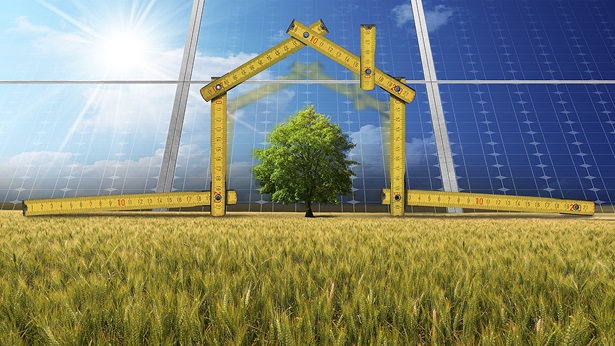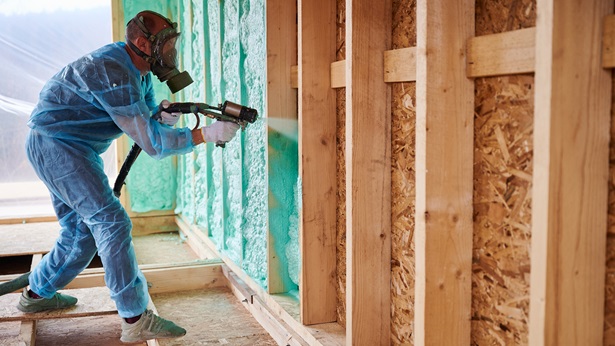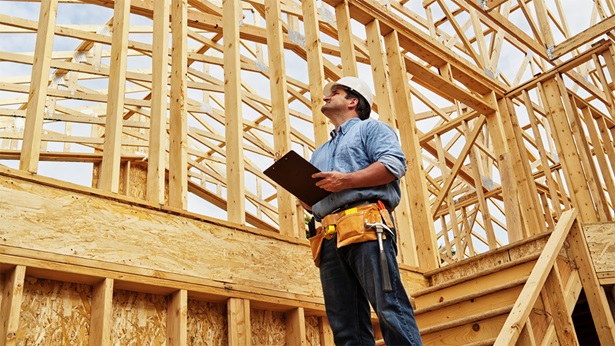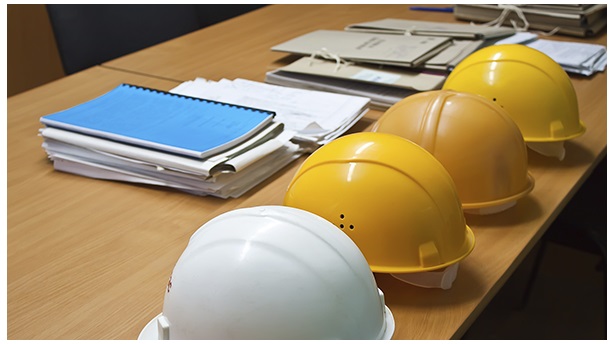Energy Codes
Energy codes are national model building codes that set minimum energy efficiency standards for many components in a new home, like lighting, HVAC systems, insulation, windows, and more. Once adopted by a state, compliance is mandatory in new homes.
The two most widely adopted energy codes are the International Energy Conservation Code (IECC) for single-family homes and ASHRAE’s Energy Standard for Buildings Except Low-Rise Residential Buildings (ASHRAE 90.1) for multifamily properties. The 2024 edition of the IECC was published in August 2024, and ASHRAE Standard 90.1-2022 was published in October 2022.
NAHB provides resources to help builders and HBAs navigate the new requirements of recent IECC editions. NAHB staff also remains heavily involved in the development of future versions of the IECC.




